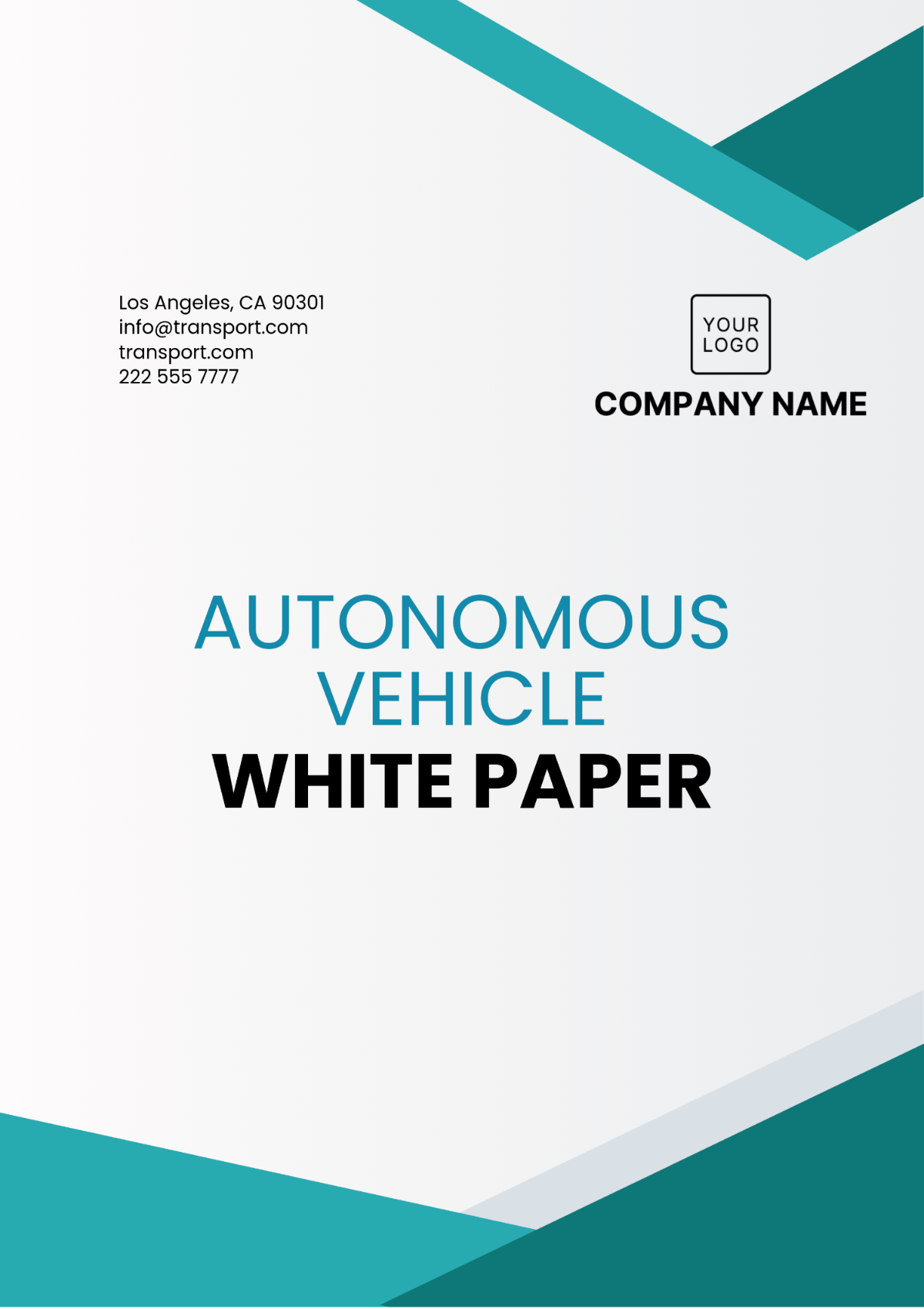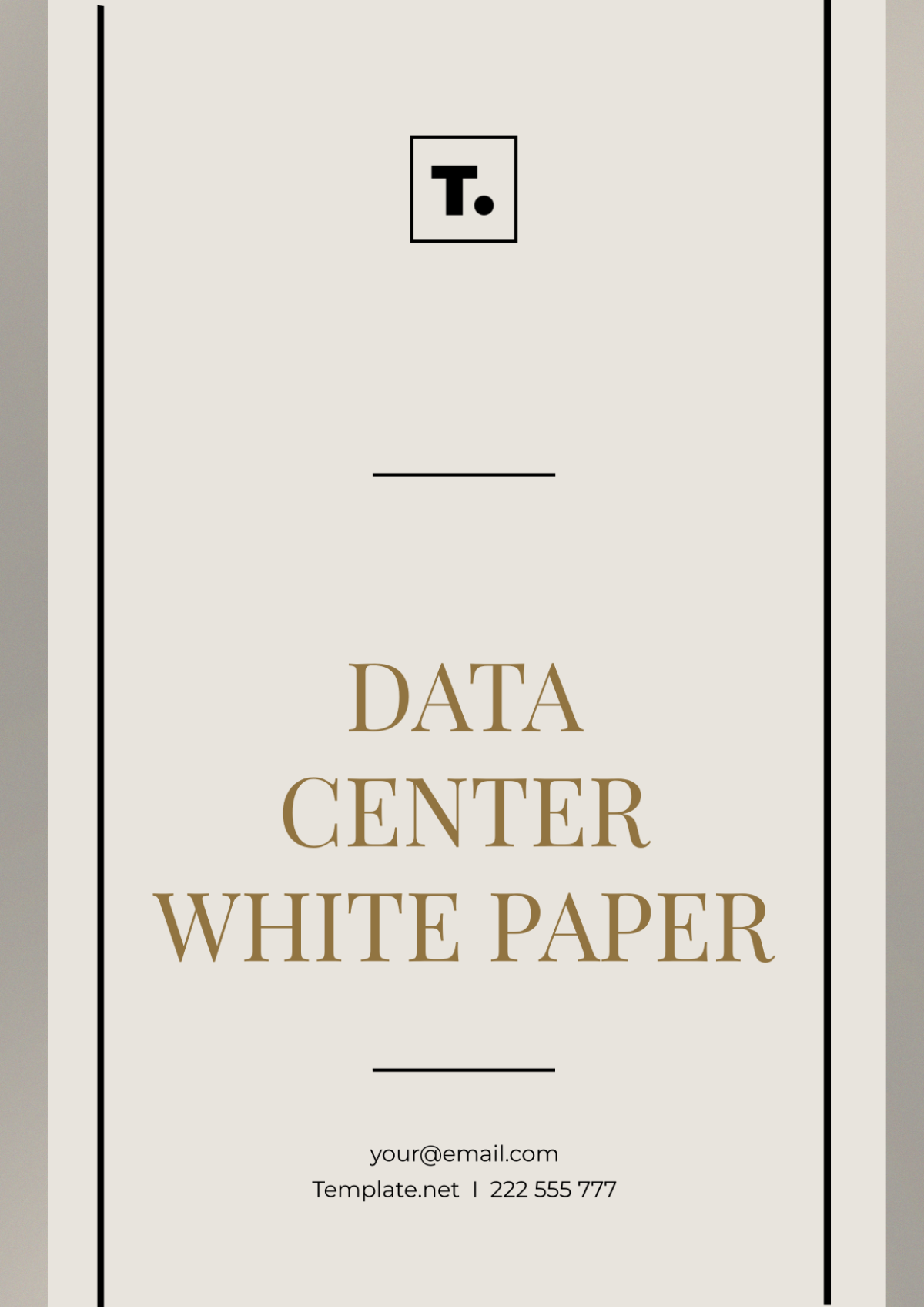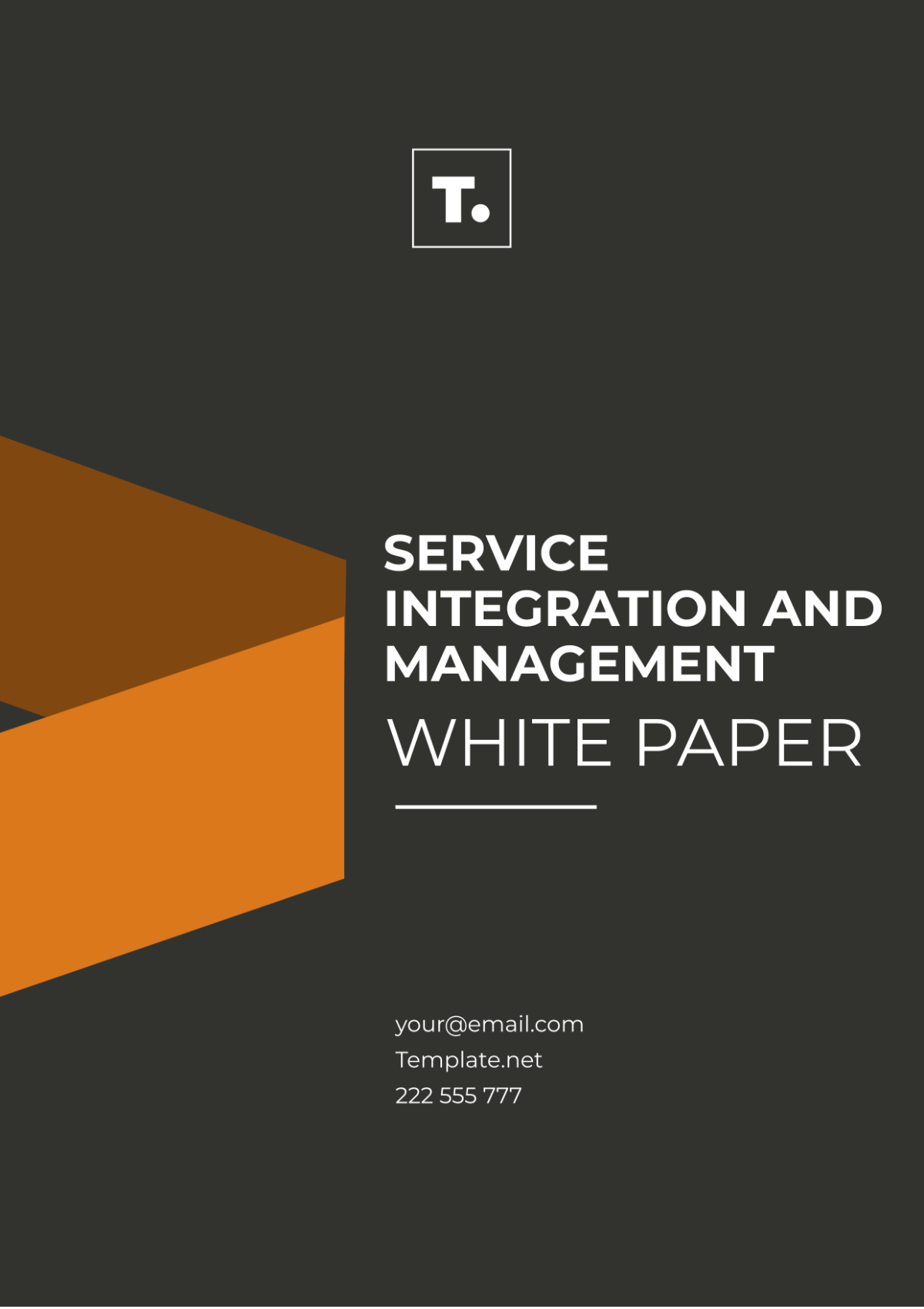IT White Paper
Maximizing Efficiency with Cloud-Based Collaboration Tools
Prepared by: [Your Name]
For: [Your Company Name]
Date: [Date]
Department: [Your Department]
I. Executive Summary

In today's rapidly evolving digital landscape, businesses face increasing pressure to enhance productivity, streamline workflows, and foster seamless collaboration among team members. Traditional methods of communication and collaboration are proving to be insufficient in meeting the demands of modern work environments. To address these challenges, organizations are turning to cloud-based collaboration tools.
This white paper explores cloud-based collaboration tools' benefits and implementation strategies in optimizing business efficiency. By leveraging the power of cloud technology, organizations can overcome geographical barriers, improve communication, and empower teams to work more cohesively and productively.
II. Introduction
In today's interconnected world, effective collaboration is crucial for the success of any organization. As businesses expand globally and remote work becomes more prevalent, the need for efficient collaboration tools has never been more apparent. This section provides an overview of the importance of collaboration tools in modern workplaces and introduces the concept of cloud-based solutions as a game-changer in this space.
III. The Evolution of Collaboration Tools
This section delves into the historical evolution of collaboration tools, from traditional methods such as email and phone calls to the advent of cloud-based platforms. It highlights the limitations of legacy systems and the need for more robust and agile solutions to meet the demands of today's dynamic work environments.
IV. Benefits of Cloud-Based Collaboration Tools
Cloud-based collaboration tools offer a myriad of benefits, including enhanced flexibility, scalability, and accessibility. This section outlines these benefits in detail, showcasing how organizations can leverage cloud technology to improve communication, streamline workflows, and increase productivity across teams.
Title: ''Feature Comparison: Leading Cloud-Based Collaboration Platforms''
V. Key Features and Functionality
Here, we explore the essential features and functionality of cloud-based collaboration tools. From real-time document editing to video conferencing and project management capabilities, these tools offer a comprehensive suite of features designed to facilitate collaboration and innovation within organizations.
VI. Implementation Strategies
Implementing cloud-based collaboration tools requires careful planning and execution. This section provides practical guidance and best practices for organizations looking to integrate these tools into their existing workflows. From selecting the right platform to training employees and ensuring data security, we offer insights to help organizations navigate the implementation process successfully.
VII. Case Studies
Real-world examples provide tangible evidence of the effectiveness of cloud-based collaboration tools. In this section, we showcase case studies of organizations that have successfully adopted these tools and the tangible benefits they have experienced, including increased efficiency, cost savings, and improved employee satisfaction.
Title: ''Case Study Results: Quantitative Impact of Cloud Collaboration''
VIII. Conclusion
In conclusion, cloud-based collaboration tools represent a significant opportunity for [Your Company Name] to enhance efficiency, foster innovation, and drive success in today's competitive business landscape. By embracing these tools and harnessing the power of cloud technology, organizations can position themselves for long-term growth and success.
IX. References
List all the sources cited in the white paper. Ensure to follow a consistent citation format.

















































